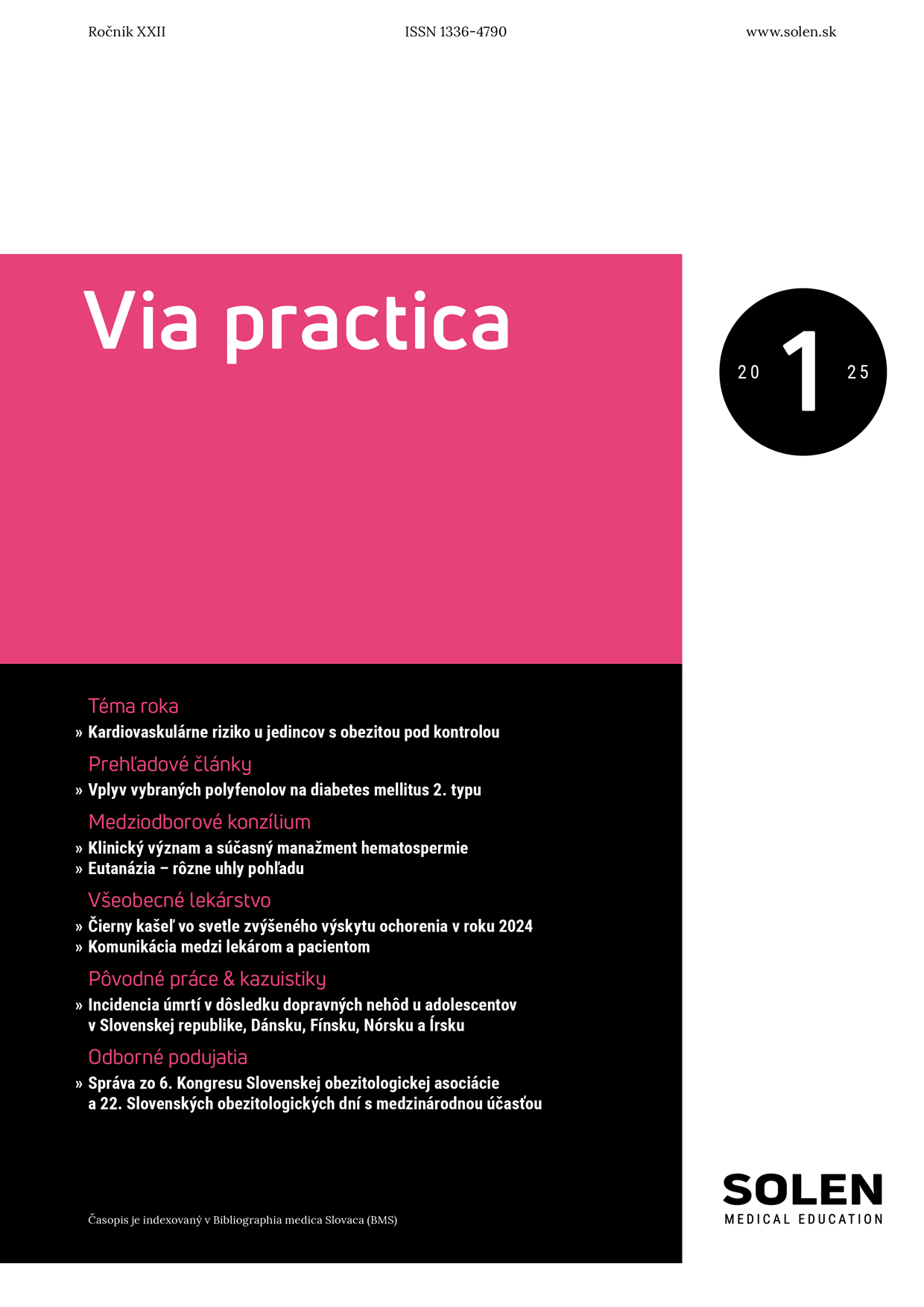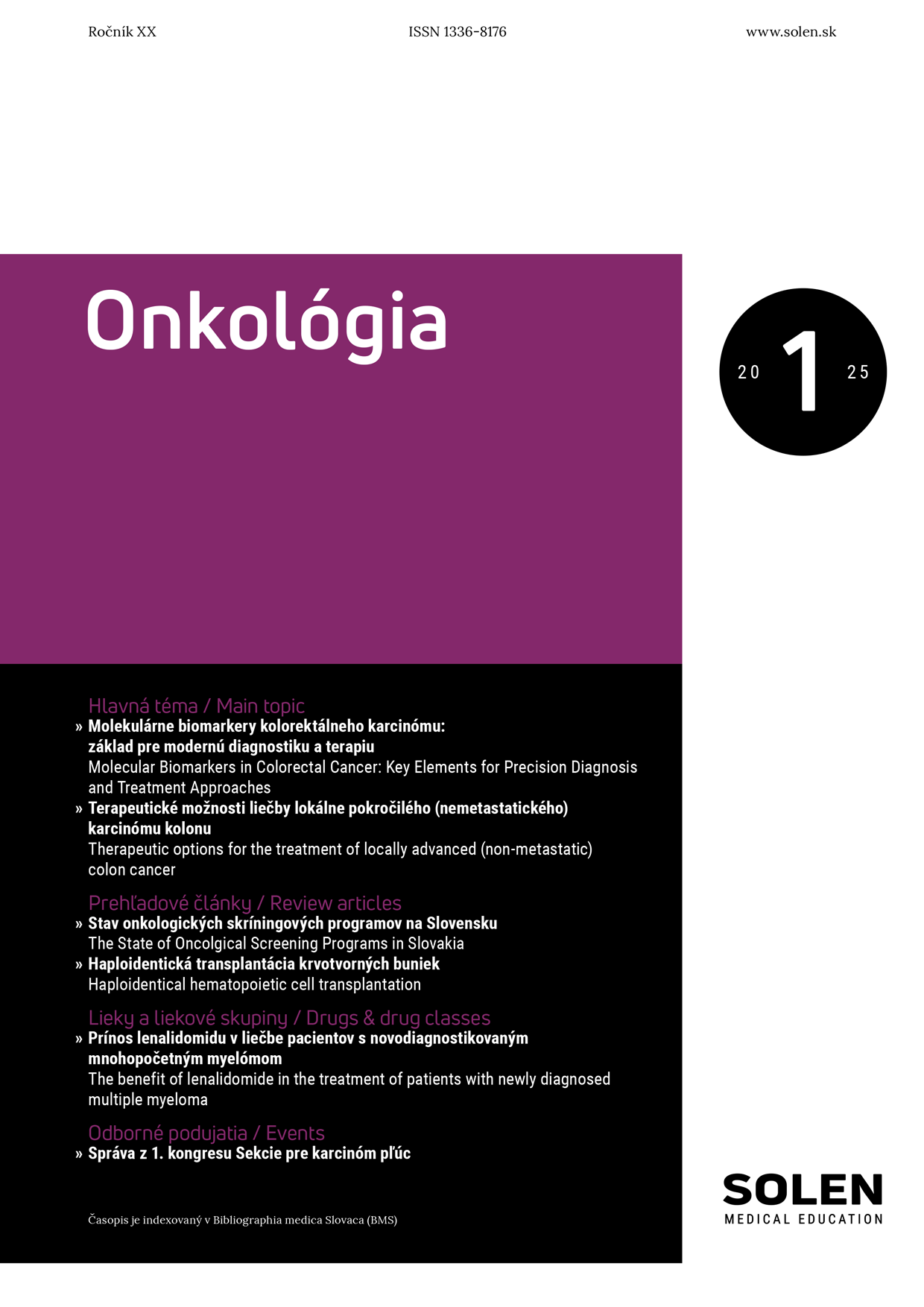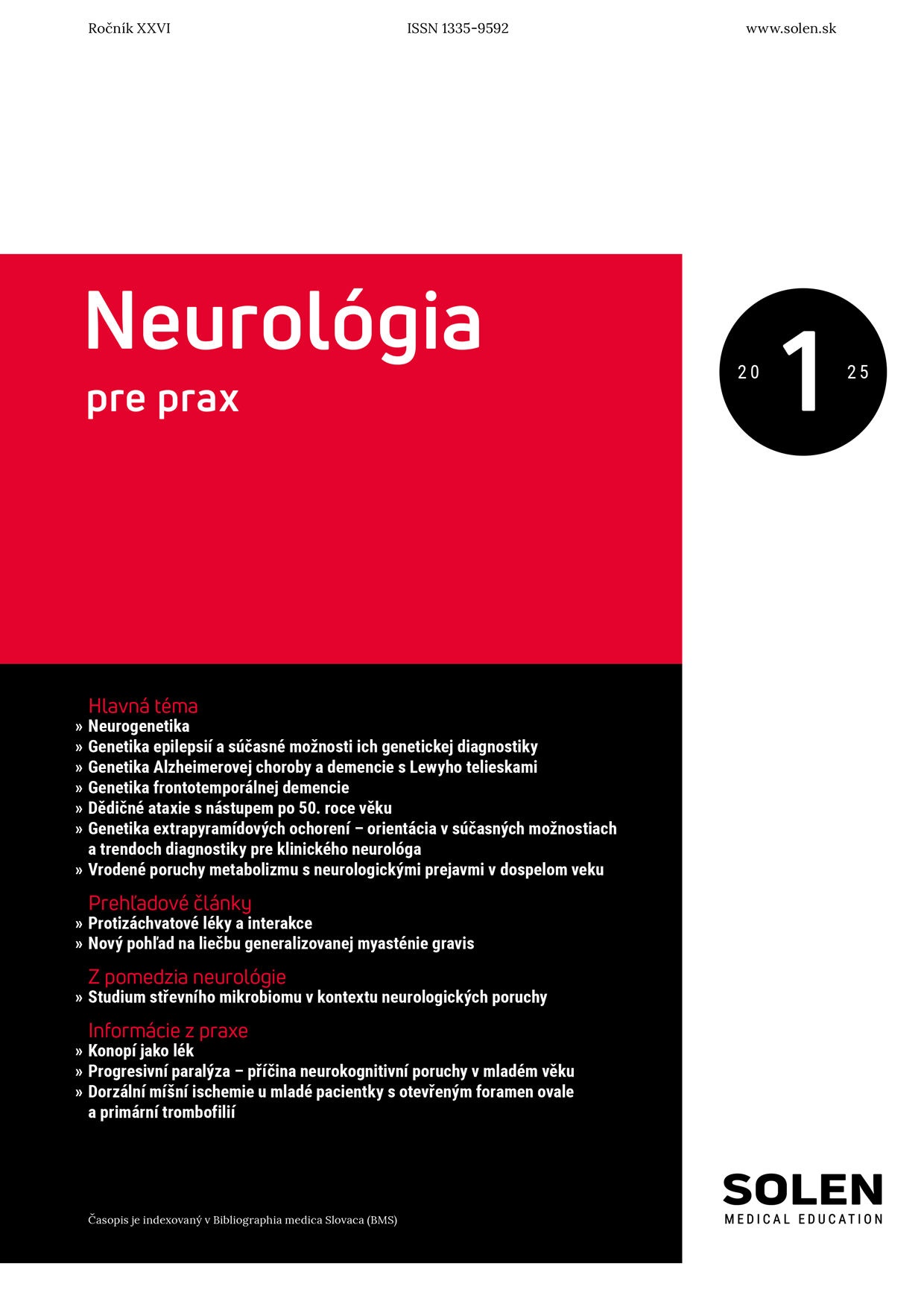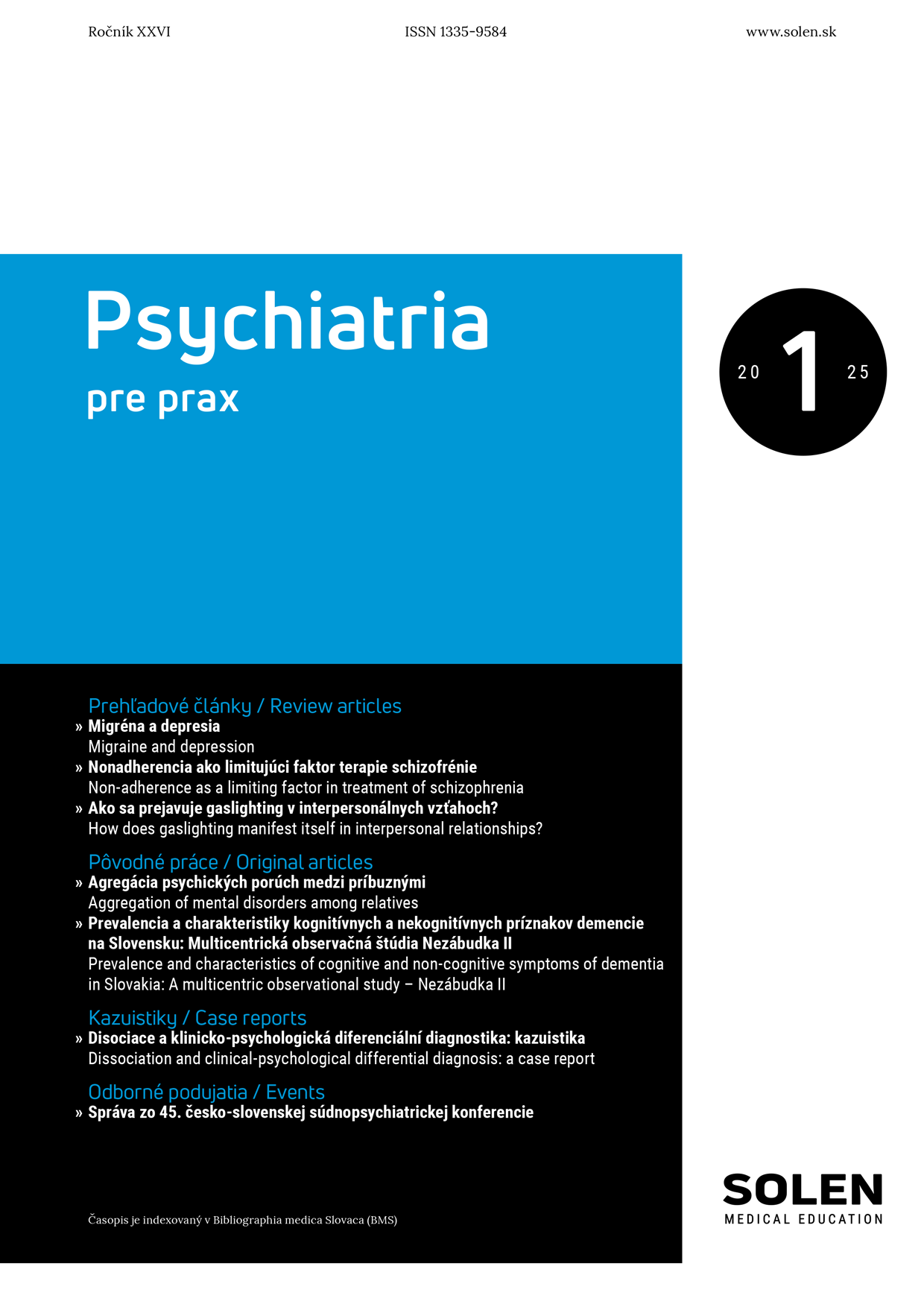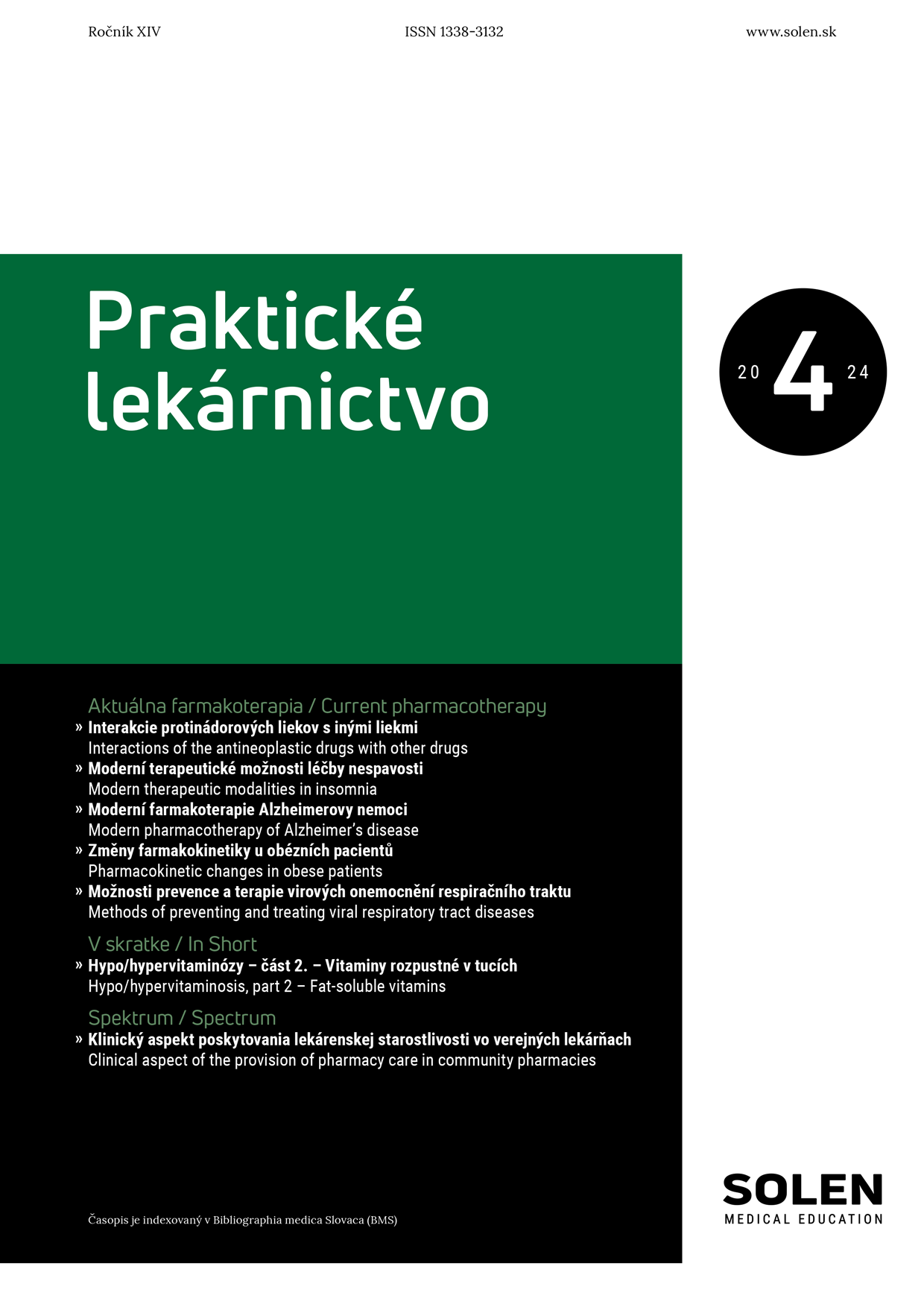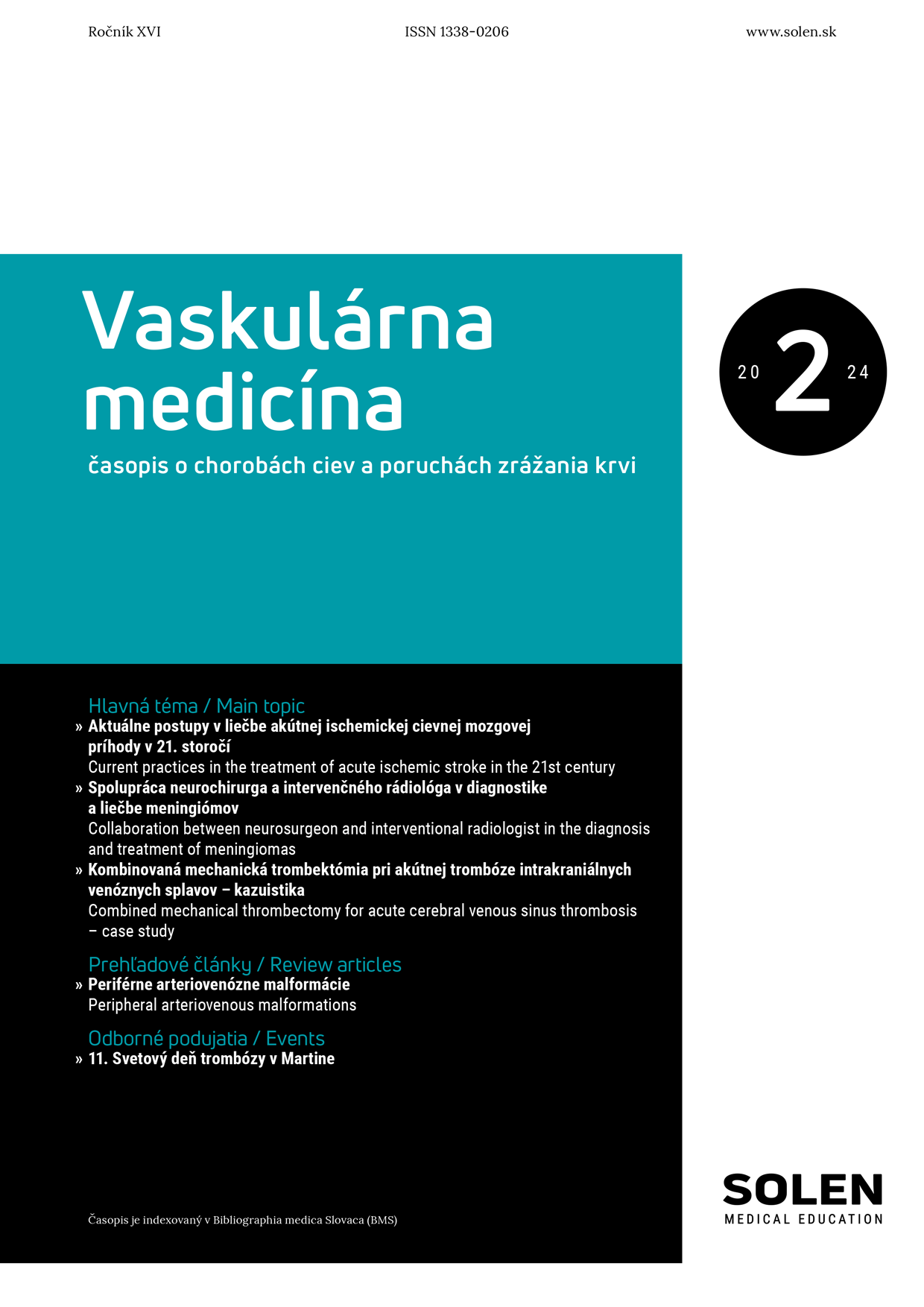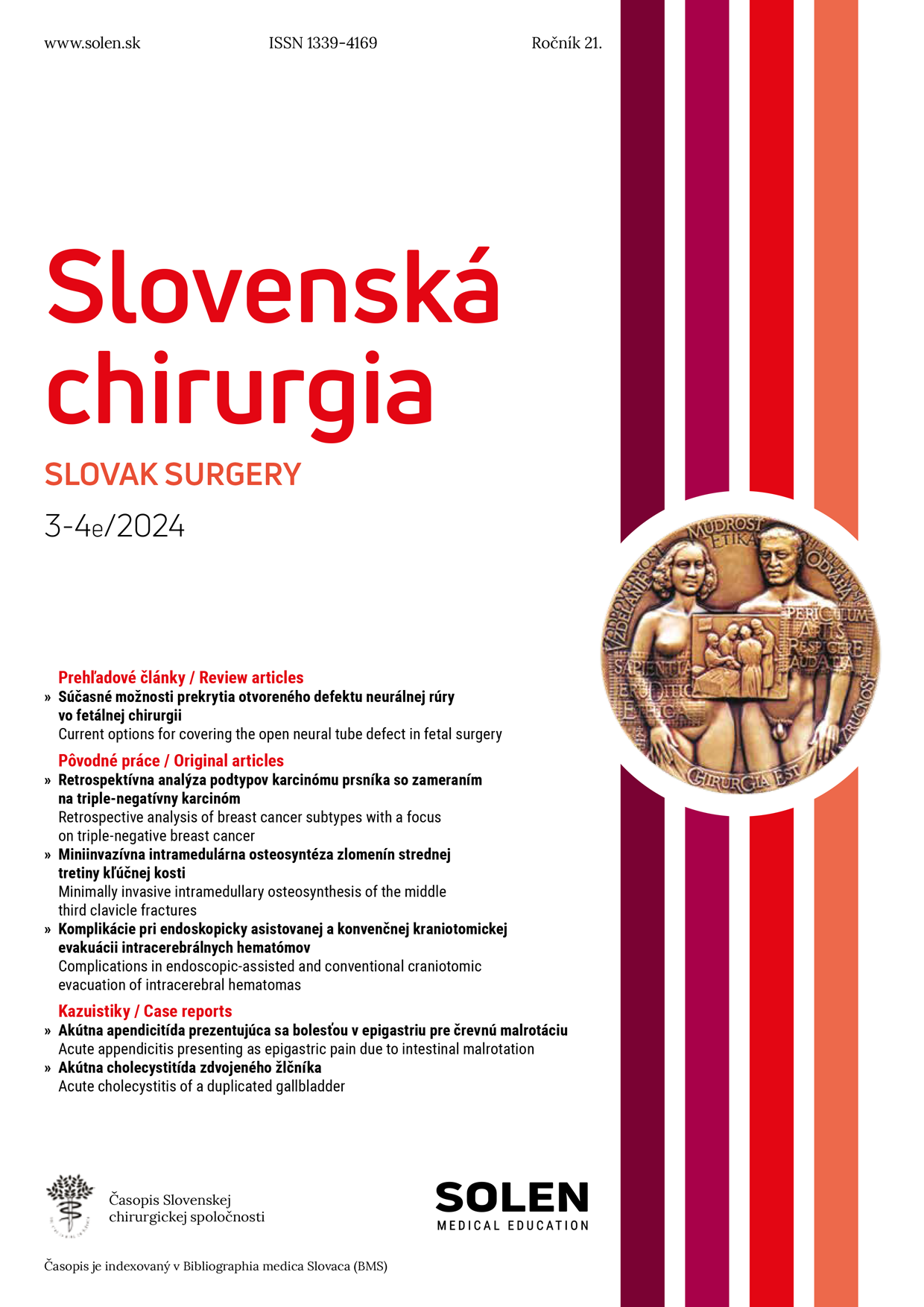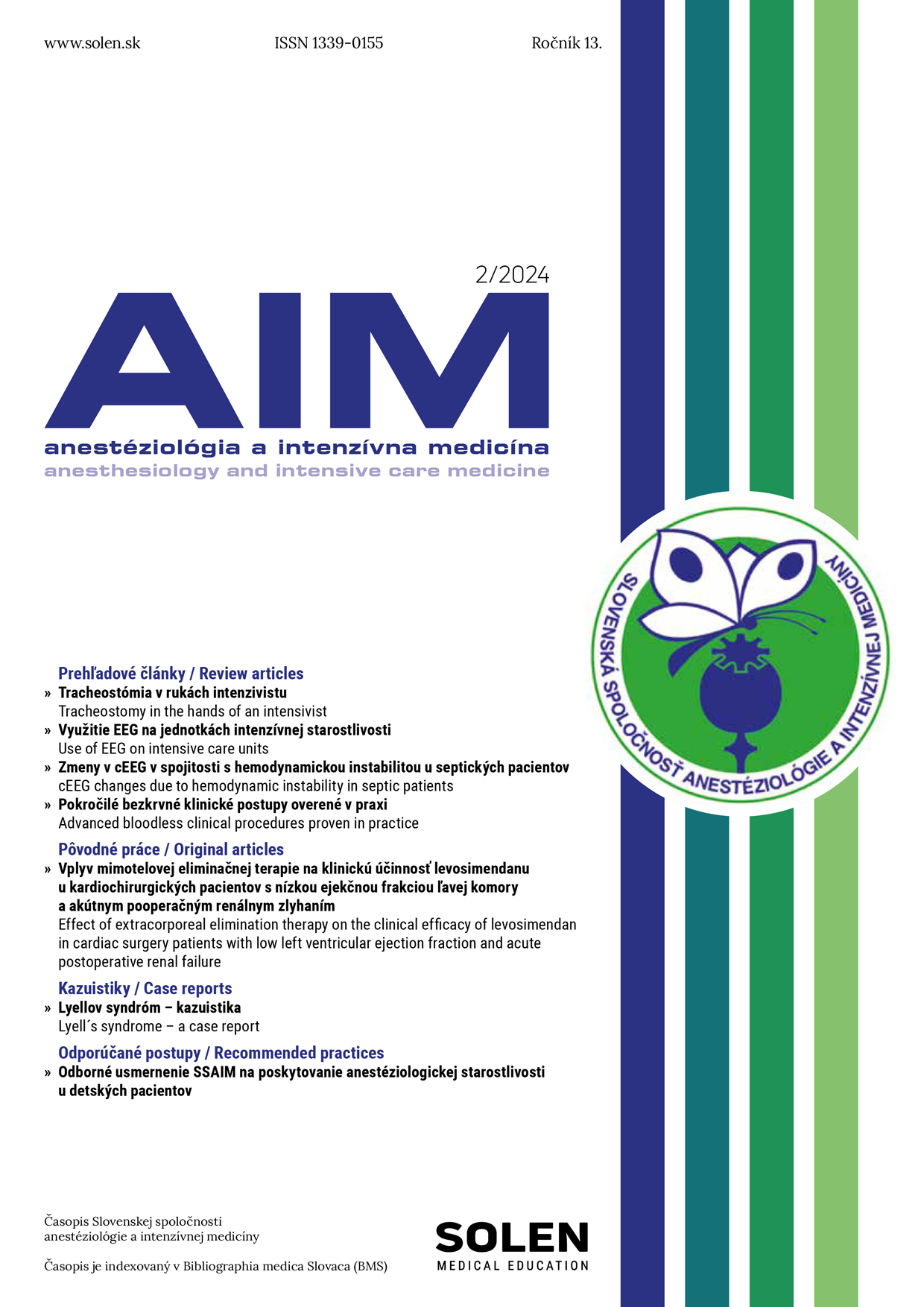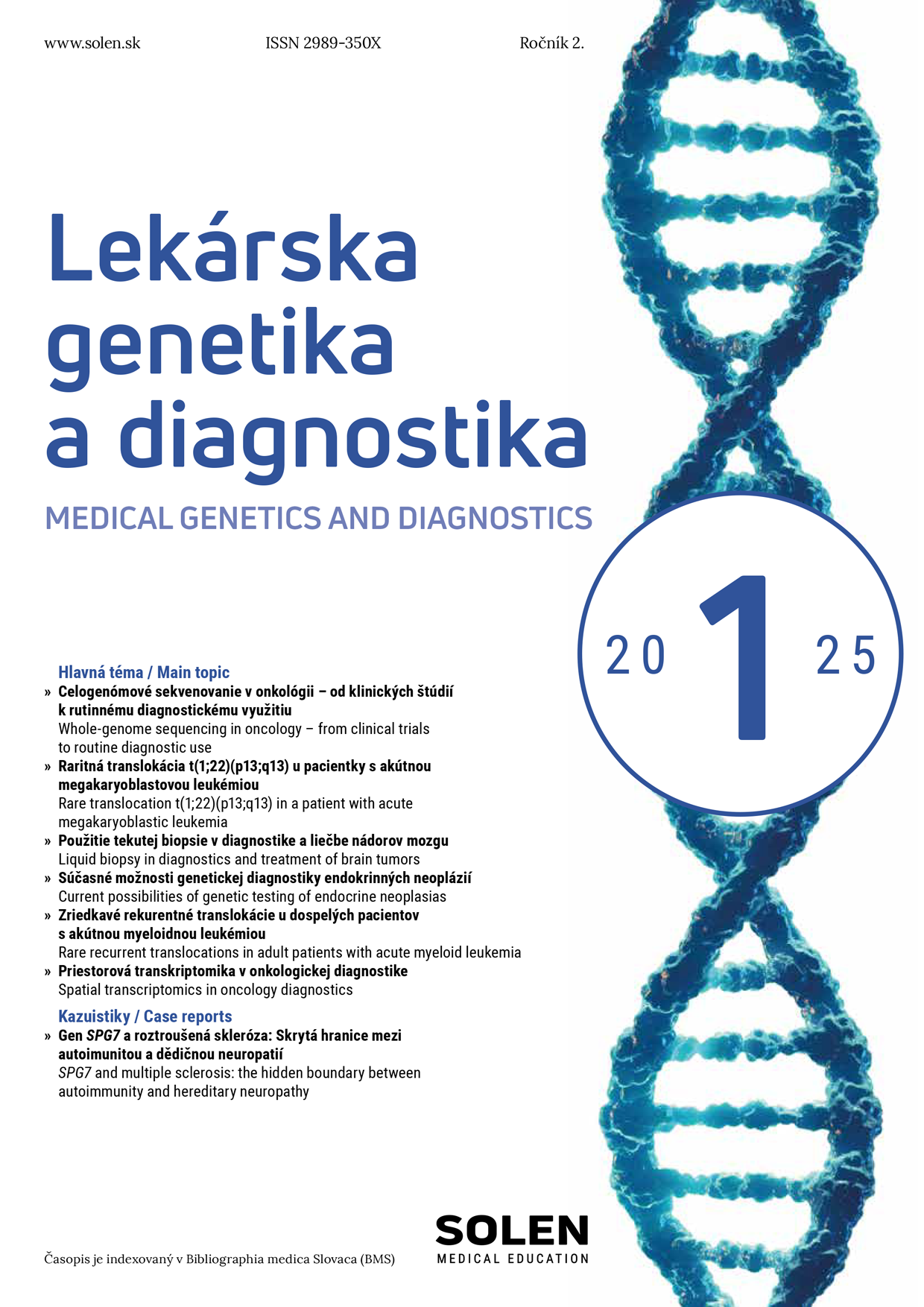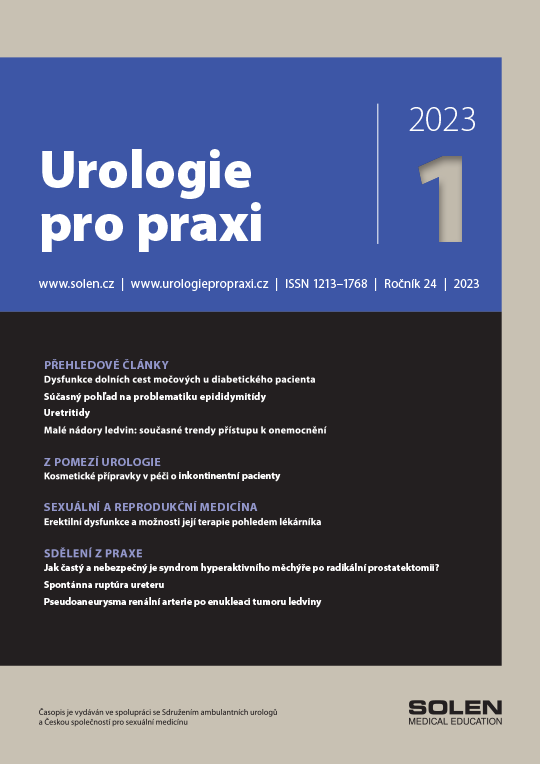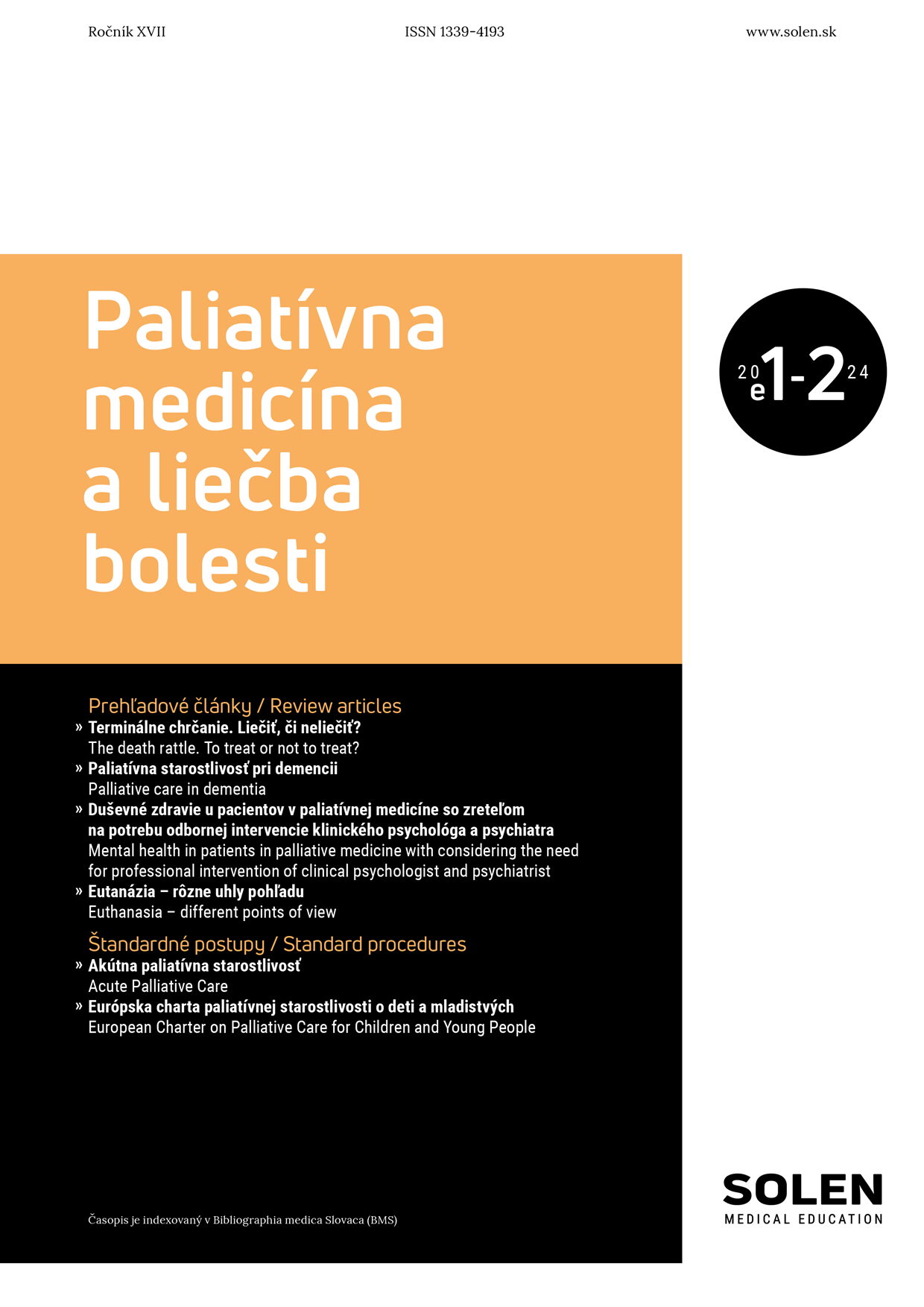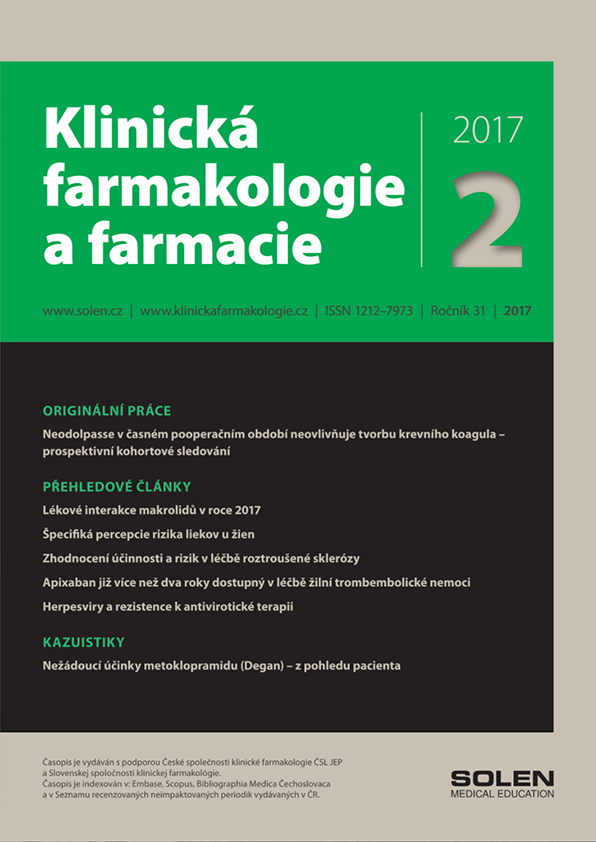Psychiatria pre prax 1/2025
Agregácia psychických porúch medzi príbuznými
MUDr. Dominik Patúš, doc. MUDr. Ľubomíra Izáková, PhD.
Cieľ: Cieľom výskumu bolo overiť a rozšíriť teoretické východiská o agregácii vybraných diagnostických skupín psychických porúch medzi príbuznými. Súbor a metóda: Výskumu sa zúčastnilo 100 pacientov, ktorí boli hospitalizovaní na Psychiatrickej klinike LF UK a UN Bratislava. S pacientmi sme administrovali dotazník zameraný na ich osobnú a rodinnú anamnézu a pre možnosť komplexného hodnotenia v rámci biopsychosociálneho prístupu sme do výskumu zahrnuli aj psychosociálnu zložku, hodnotenie prostredia v detstve a dospievaní. Výsledky sme štatisticky a analyticky spracovali a porovnali s odbornou literatúrou. Výsledky: Výsledky výskumu potvrdili, že hlavná psychická porucha diagnostikovaná u pacientov sa vyskytuje u ich príbuzných častejšie, ako je to v ostatných sledovaných podsúboroch pacientov. Najvyššia morbidita psychických porúch spomedzi všetkých sledovaných skupín sa zistila u príbuzných pacientov z podsúboru F2x. Pričom pacienti z jednotlivých podsúborov sa líšili v hodnotení prostredia v detstve a dospievaní, najnegatívnejšie hodnotenie uviedli pacienti z podsúboru F4x. Záver: Výsledky výskumu prinášajú cenné poznatky o familiárnej agregácii psychických porúch a zdôrazňujú dôležitosť komplexného prístupu k diagnostike a liečbe pacientov s ohľadom na ich rodinné zázemie a prostredie.
Kľúčové slová: etiológia psychických porúch, dedičnosť, genetika, biopsychosociálny model
Aggregation of mental disorders among relatives
Study aims: The aim of the research was to verify the theoretical assumptions about heritability and aggregation of selected diagnostic groups of psychiatric disorders in patients at the Psychiatric Clinic of the Faculty of Medicine of the Comenius University and the UNB. The research included a psychosocial component, assessment of the environment in childhood and adolescence and assessment of the environment in the present, from which we also made an output to complement the comprehensive biopsychosocial approach. File and method: The study included 105 patients, of whom 100 patients were admitted to the Psychiatric Clinic of the Faculty of Medicine of the Medical University of Bratislava and the University of Medical Sciences in Bratislava after evaluation of the entry and exit criteria. We administered a questionnaire to the patients, focusing on their personal and family history and assessment of their childhood, adolescence and current environment. The results were statistically and analytically processed and compared with the literature. Results: The results of the research confirmed all the hypotheses that we determined on the basis of the theoretical foundations of the literature. The first hypothesis was that the main psychiatric disorder diagnosed to the patient occurs more frequently in his relatives than it is in the other subgroups of patients studied. In forming this hypothesis, we drew on older but also current scientific sources. The second hypothesis was that relatives of patients in the F2x subgroup have the highest morbidity of psychiatric disorders compared to relatives of patients in the other subgroups. In forming this hypothesis, we drew on the literature that suggests shared genetic elements between schizophrenia spectrum disorders and other major psychiatric disorders. A final hypothesis was that patients from each subgroup differed in their negative appraisal of their childhood and adolescent environment, which was developed to complement the biopsychosocial model and approach to the patient. Conclusion: The results of the research confirmed the theoretical assumptions about the heritability of psychiatric disorders and aggregation of psychiatric disorders in clinical practice, i.e. in patients and their relatives who were hospitalized at the psychiatric clinic of LF UK and UN Bratislava.
Keywords: heredity, genetics, biopsychosocial model, etiology in psychiatry



